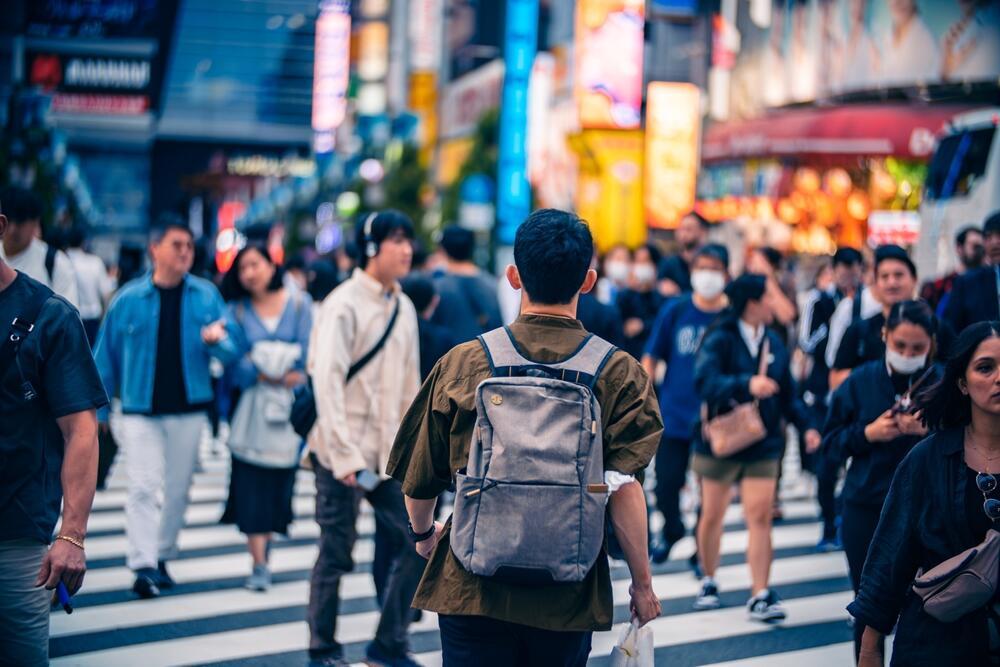Japan's newly redesigned ¥10,000, ¥5,000, and ¥1,000 banknotes present 3D holographic stripes, enlarged numerals, and one major challenge for operators of the country's lively vending machines economy.
Japan has the highest number of vending machines per capita globally, around 4.1 million, many of which do not accept cashless payments.
Businesses like train stations and parking lots are rushing to update payment machines to accept the new banknotes, while small businesses like ramen shops find the investment burdensome amidst rising costs.
Upgrading machines to accept the new notes can cost up to $19,000 per machine.
Japan remains heavily reliant on cash despite embracing technology, with many traditional establishments like izakayas, ryokan, and Shinto shrines accepting only cash payments, necessitating the carrying of physical yen outside major cities.
Cashless payments account for only 39% of consumer spending in the country due to concerns about privacy and security.
The new notes are creating excitement in local areas connected to the featured figures. Authorities aim to print 7.5 billion new notes by the fiscal year-end, adding to the existing circulation.
The introduction of the new notes, the first redesign since 2004 and the 53rd series since 1885 is projected to boost Japan's economy by over ¥1.5 trillion and encourage cash hoarders, with up to ¥60 trillion in savings held in notes, to invest due to inflation and low interest rates.
Currency authorities plan to print 7.5 billion new bills by the end of the fiscal year and an anticipated increase in GDP of around a quarter percentage point.
The weak yen has attracted tourists to Japan, who are advised to carry cash. The Bank of Japan has been exploring digital currencies but has not decided on a digital yen.
This article was written in collaboration with Generative AI news company Alchemiq
Sources: Business Insider, Reuters, Indian Express, Times of India, Japan Times, Fortune, KDAL 610.


